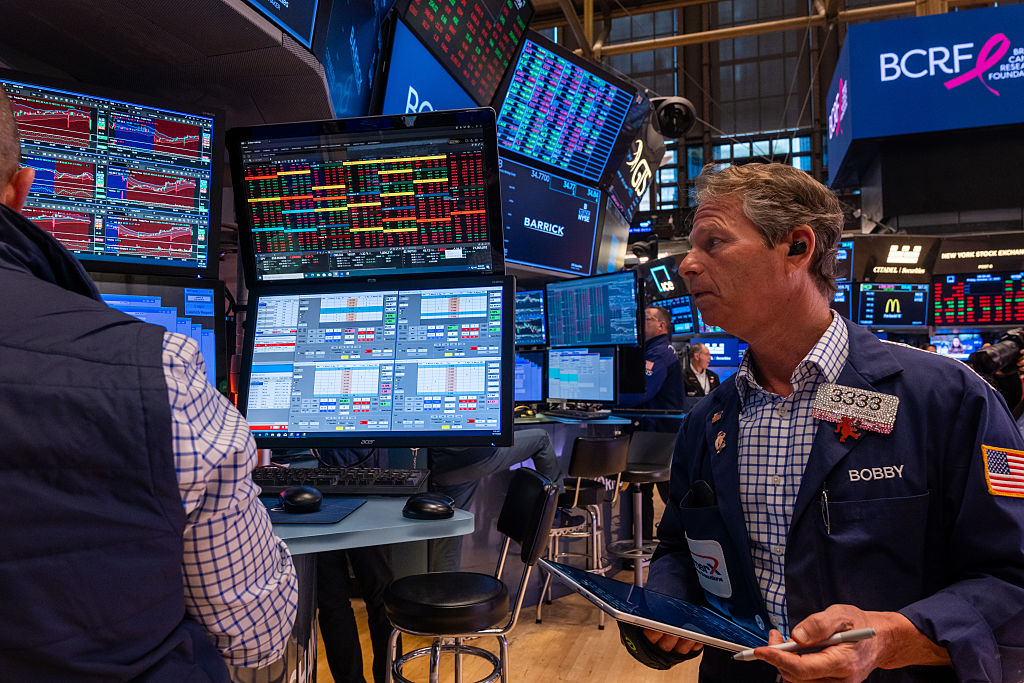Junk-bond bubble hisses air
In the past few years, yield-starved investors have stampeded into high-yield corporate debt. But junk bonds aren't looking so attractive anymore.

In the past few years, yield-starved investors have stampeded into high-yield corporate debt (junk bonds). Now, they've become "decidedly more concerned about credit risk", says Bank of America Merrill Lynch (BAML), and are stampeding out again. In the week to 22 January, global investors pulled almost $5bn out of speculative-grade debt funds. The yield on the BAML high-yield index has jumped to almost 10%, a near-six-year high, while a similar index of the riskiest junk now yields 20%, a post-crisis high. The average yield on corporate debt worldwide is over 9%, a six-year peak.
What's gone wrong? The main problem is the energy sector: during the shale boom, small oil explorers gorged on debt. With oil prices now plunging, they are struggling to keep up with their payments. According to credit-ratings agency Standard & Poor's, more than half of junk-rated US energy groups are "distressed" in other words, deemed at risk of default. It's not just oil: S&P says more than 70% of American metals, mining and steel firms are distressed too.
But this isn't purely a commodities-bust story, warns Lisa Abramowicz on Bloomberg. "It's the end of a cycle and the beginning of normalisation for markets that are still bloated relative to history." With the Fed tightening monetary policy, debt buyers have turned cautious, demanding higher yields to compensate for greater risk. Annual issuance in the $1.3trn US high-yield market has started to shrink. Investors are also being more careful, says Simon Duke in The Sunday Times.
MoneyWeek
Subscribe to MoneyWeek today and get your first six magazine issues absolutely FREE

Sign up to Money Morning
Don't miss the latest investment and personal finances news, market analysis, plus money-saving tips with our free twice-daily newsletter
Don't miss the latest investment and personal finances news, market analysis, plus money-saving tips with our free twice-daily newsletter
The spread, or yield difference, between US Treasuries (US government debt) and high-grade corporate debt is at its highest since the euro crisis of 2011, reflecting dwindling risk appetite. The top-notch global corporate debt market is just as bloated as its junk counterpart $1.3trn of investment-grade debt was issued last year.
So could the turn of the credit cycle, led by the energy junk-bond slump, cause another financial crisis by tearing holes in bank balance sheets? Analysts point to the relatively benign economic backdrop and stronger banks as reasons for optimism, and central banks led by the Fed can delay any reckoning by putting off rate hikes. Still, it's worth remembering that the credit cycle can turn well before a recession appears. And few thought that subprime would have systemic implications either. Watch this space.
Get the latest financial news, insights and expert analysis from our award-winning MoneyWeek team, to help you understand what really matters when it comes to your finances.

-
 Why Trustpilot is a stock to watch for e-commerce exposure
Why Trustpilot is a stock to watch for e-commerce exposureTrustpilot has built a defensible position in one of the most critical areas of the internet: the infrastructure of trust, says Jamie Ward
-
 Tetragon Financial: An investment trust with stellar returns
Tetragon Financial: An investment trust with stellar returnsTetragon Financial has performed very well, but it won't appeal to most investors – there are clear reasons for the huge discount, says Rupert Hargreaves